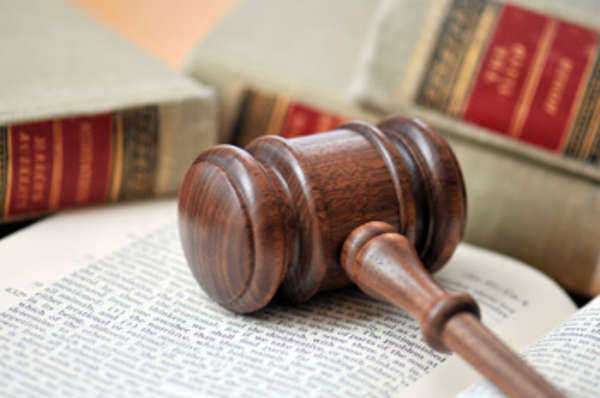A Short Guide to Life Estate

Life estates are based upon a measured life in being. It is usually limited to the life of an individual who currently holds the life estate. If, and when the individual passes away, the property
Life estates are usually measured by the life of the individual who was given the property, or by the life of another. Life estates are most commonly created in one of two circumstances. First one being, when the owner of property transfers his or her interest to another person, based on the life of a third individual. In this case, if Pavel transfers land to Sergei during the life of Alexander, then Sergei owns the land for the remainder of Alexanders life.
If Sergei dies before Alexander, Sergei’s heirs will inherit the property, and will continue to own it for as long as Alexander lives. Second circumstance is if Pavel transferred land to Alexander for life, Alexander can then sell the life estate to Sergei. In this event, Sergei and his heirs will be able to consume the land until Alexander passes away. In both scenarios, once Alexander passes away, the ownership of the property will be transferred back to Pavel, and once he passes away, his heirs will inherit the land. These tend to be known as “remainder interest”.
The process involved in creating a life estate deals with the transfer of property through a deed
All in all, it is more of a benefit for the conveyor, rather than the conveyed. There is also a huge benefit for the remaindermen as well. The individual being conveyed to never gets to own the property, but must pay taxes and other fees applicable with the ownership.
If affordable, they can purchase their own house rather than living on a life estate, which is like a ticking clock. Life estates are usually catered towards individuals on medicaid, or individuals who do not have the proper qualifications needed in order to own their own land.
















